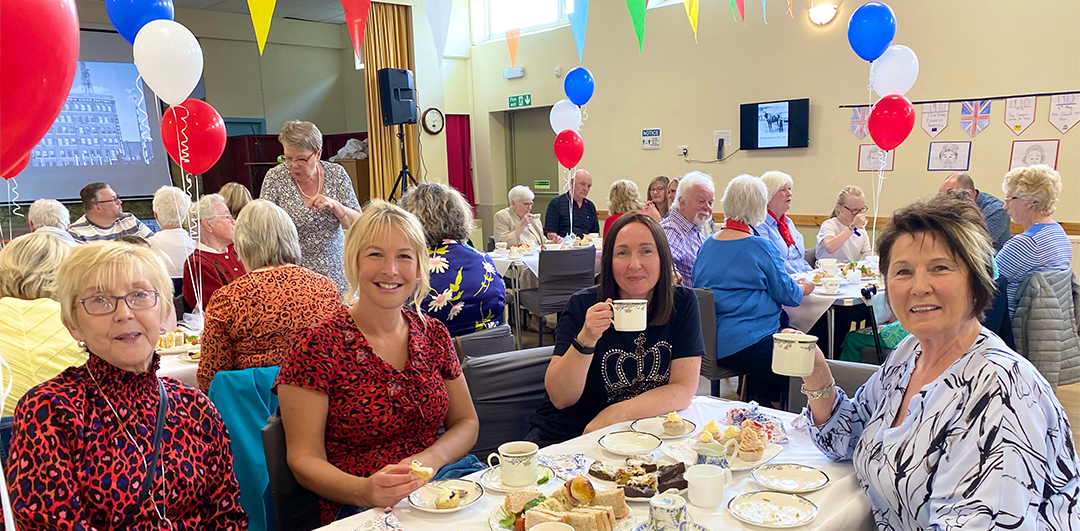Early History
The first and ancient church was built around 710AD by St Boniface, the papal missionary who, over his lifetime, founded around 150 churches in the north of Scotland. The first three were at Invergowrie, Tealing and Restenneth. Various scholars and historians have pondered where the original church was built. Most of them think it likely that it was on the current site, so there may well have been several churches there before the present church built around 1808. The foundations are most likely ancient and there are certainly relics within the church that pre-date the building of the church by several hundred years. We know that these must have come from the previous church (or churches) and we can imagine the builders carefully salvaging and preserving these elements for re-use. The gravestones in the churchyard that are still legible date as far back as the 16th century and we have records of the parish Ministers from 1561.
The timeline on this site sets out the significant dates in Tealing's history and lists, where known, the names of the Ministers appointed over the years. Beyond that, this section elaborates on the most significant elements of our church history. We begin in 1199. Not long after that, ancient records show that the Priory of St Andrews is to hold the land of Pitpointie, which had also been gifted to it by Hugh Giffard of Tealing, as long as it holds the Church of Tealing.
The Priest's Croft may have been what is now the farm of Prieston, about one mile north-west of the church. The record contains a provision that William, the son of Hugh Giffard, shall pay three merks yearly for his father's kitchen, and "shall clothe his father till he assumes the habit of a cannon". He was also bound to pay for his father's four servants. After these gifts had been made, but prior to 1275, the Church of Telyn was disjoined from the diocese of St Andrews and annexed to the diocese of Dunkeld, and ever afterwards it belonged to that diocese. In Roman Catholic, and ever afterwards in Episcopal times, the parson of Tealing held the office of Archdeacon of Dunkeld Cathedral.
